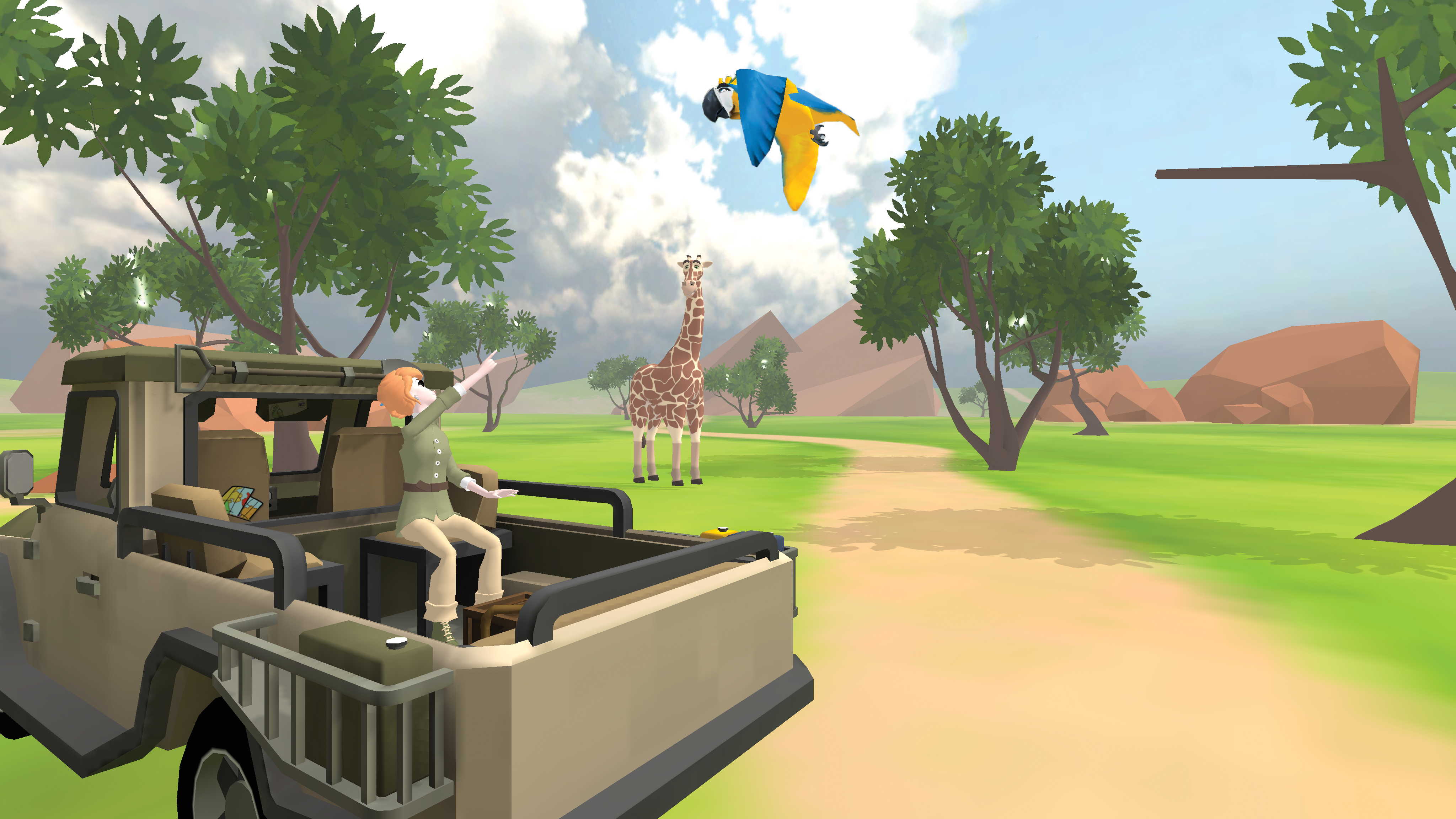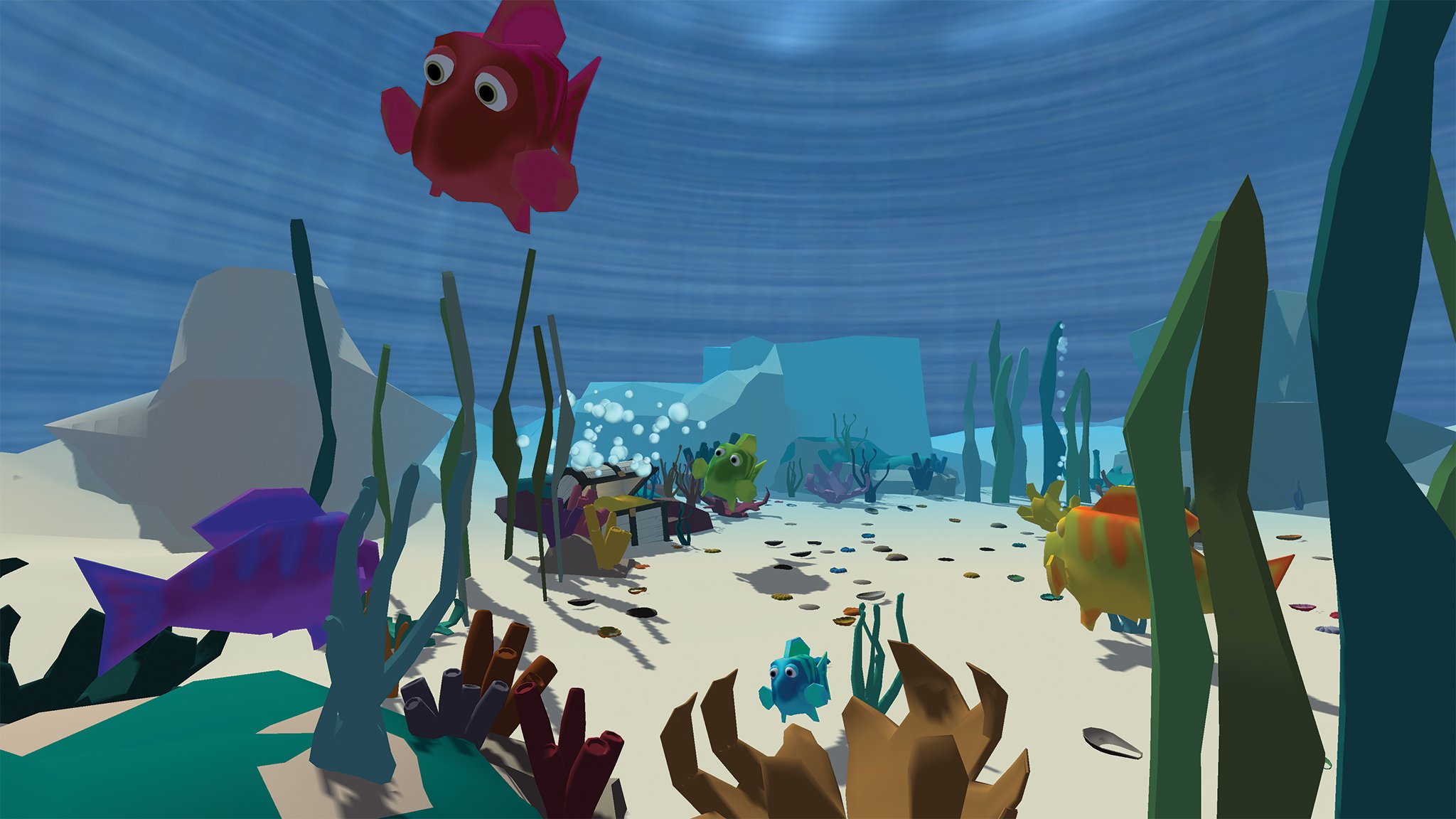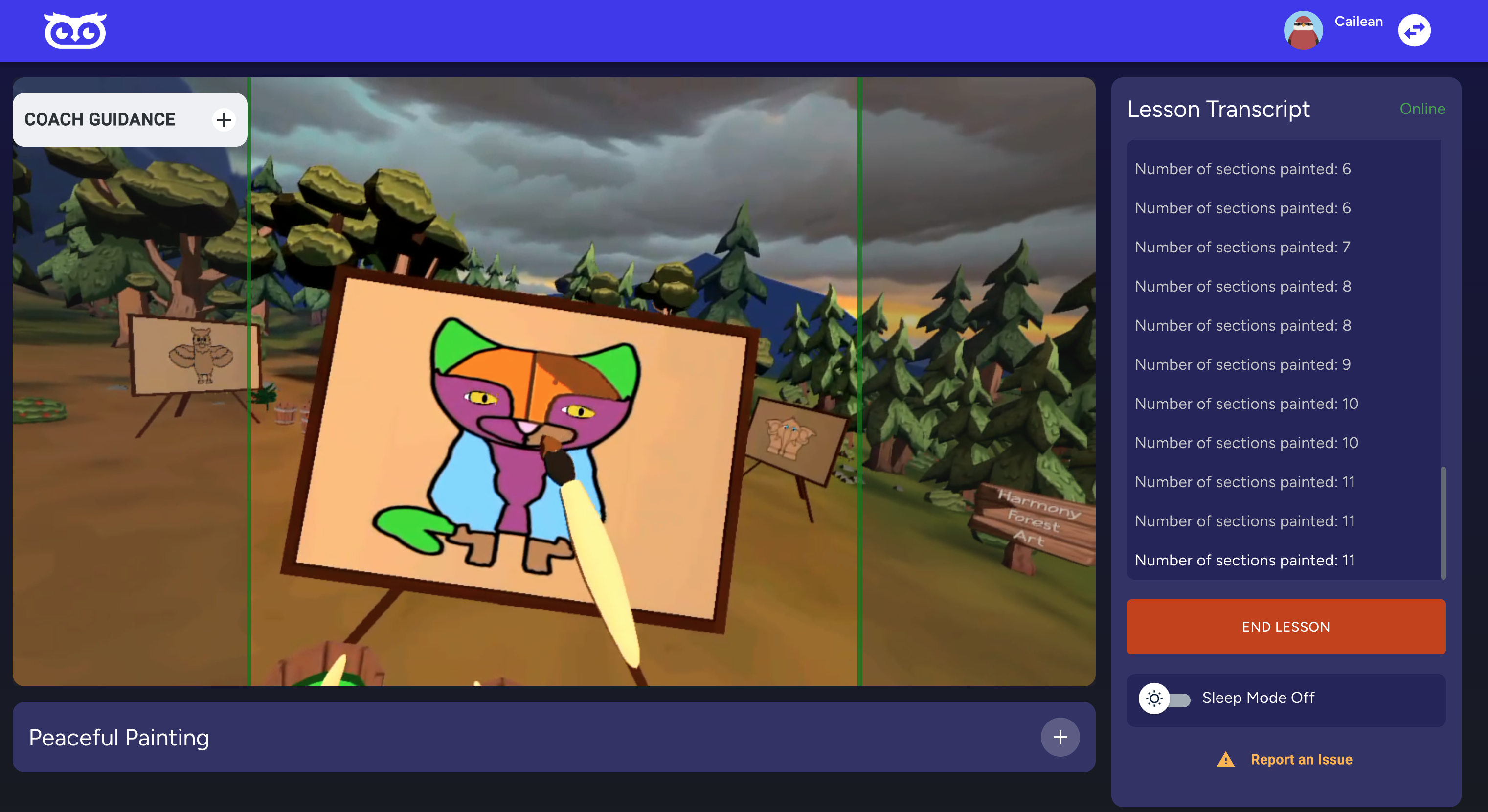
The Evolution of Pointing: Some of the earliest lessons that we made at Floreo back in 2016 were developed to support Learners who had challenges around joint attention-related skills. You may have noticed in the lesson Emma is Pointing that character Emma looks at an animal and holds her gaze, as well as her gestural point, on that animal for 20 seconds. While this is not a very natural way to point, we specifically developed that animation to be static so that the Learner had enough time to view and interpret the gestural point and then respond.
As you move further down in the Communicative Eye Gaze skill category, you will find 4 lessons that have “Look & Find” as part of the name (Look & Find 180, Look & Find 360, Winter Look & Find 180, and Winter Look & Find 360). In these lessons, Emma’s gaze shifts between the Learner and the object of interest (that is, a dynamic action attempting to draw the Learner’s attention. When the HINT button is tapped, her gestural point is a bit more natural as well as she looks to the object of interest, then looks to the Learner, extends and retracts her point as one would do in a more natural joint attention interaction action. The evolution of these animations is intentional to provide first, maximal support to the Learner (the static gesture) and then the more natural and dynamic version of pointing and looking.
In these lessons, the Learner would be expected to point at an animal or an object. In later lessons, where the Learner might need to select a person, an open-handed point may be considered more polite than pointing with a finger.
Other lessons that include pointing include: Safari Survey (the Learner follows a point without the reward chime), Quickly Follow a Point (the Learner gets credit for following a point within a specific time limit), Raise Your Hand/Raise Your Hand-Kindergarten (the teacher points to a student to answer a question), Start the Gestures Game (the teacher points to a student to go next), Whose Turn is it to Push the Swing? (the Learner uses a gesture, either a finger point or an open-handed point to select the child to go next).






-1.png?width=550&height=250&name=Untitled%20(3)-1.png)